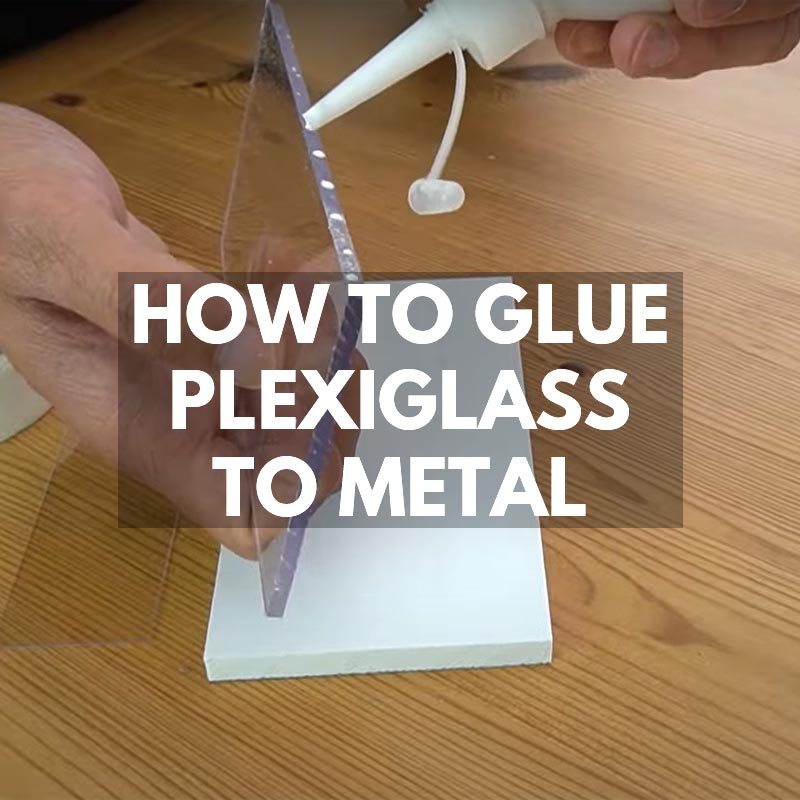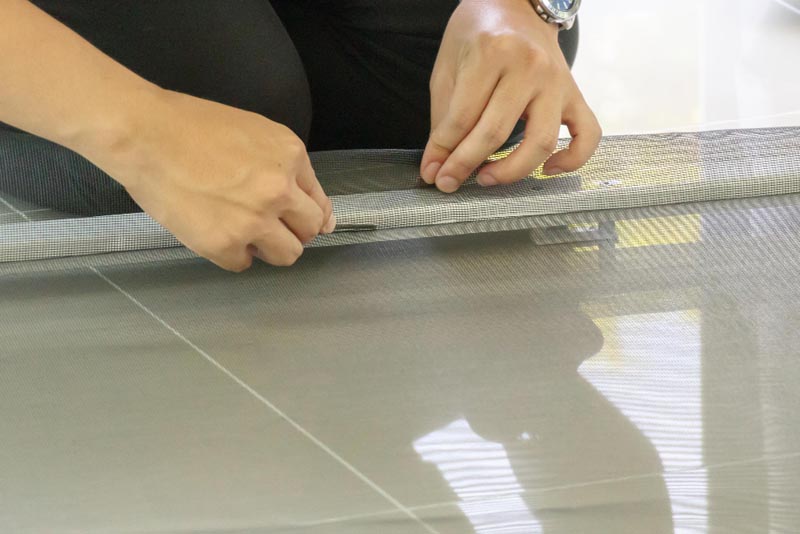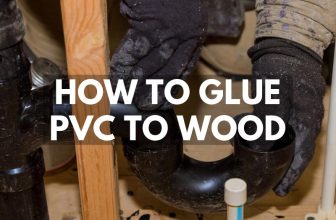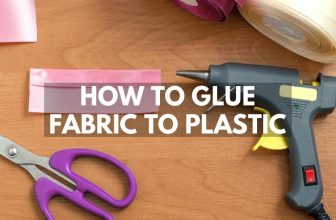
In this guide on how to glue plexiglass to metal, you will learn the types of glue you should use as well as all the steps to take.
How to Glue Plexiglass to Metal
The best glue you can use to affix plexiglass and metal is superglue, with epoxy and silicone as excellent alternatives. Ideally, the parts being glued together should be an exact fit. It’s also important that you clean the surfaces first to get a nice and even contact.
Plexiglass is often the material of choice when it comes to model making, aquariums, lighting fixtures, protective screens, and automotive windows. However, you’ll quickly find that not all adhesive products work when it comes to gluing plexiglass to metal. If the two materials just won’t stick together, consider these three types of glue, shown below.
Which Glue Should You Use for Plexiglass to Metal?
You can use a number of different glues to fix plexiglass to metal depending on the size of the job and the intended use. Superglue is ideal for small jobs, epoxy is the strongest, and silicone has some flex and shock absorption which can be useful on large sheets of plexiglass.
Superglue
Superglue actually works if you’re gluing plexiglass to metal. Cyanoacrylate glue tends to make objects stick to metal with no problem, but if you want metal and plexiglass together then you’ll have to do a bit of research. More specifically, find a formulation that’s suitable for plexiglass or acrylic materials to get the results you want.
Super glue dries and cures quickly, and can form a durable bond with different materials. The resulting bond also has a good amount of resistance against cold temperatures, moisture, and most chemicals. However, it only works if there’s no space between the plexiglass and metal.
We like Super Glue Cyanoacrylate Adhesive C-Bond by CECCORP for small cracks and repairs on plexiglass and for small metal fixings on plexiglass. You can use the CECORP super glue to help secure larger metal fixings and clamps by running the precision tip around the edges or underneath for direct contact.
Epoxy Adhesive
Epoxy glue is another staple in gluing plexiglass and metal together. It’s a type of adhesive that has two components- the resin and the hardener. Once mixed, you only have a short window of time to fix your materials.
Epoxy is often the go-to method in repairing plexiglass and acrylic, and more so if you’re looking to bond it to a non-shrinking item, such as metal. It’s the ideal glue for vibrating parts or pieces as it has a good damping aspect. It’s also worth noting that the epoxy turns transparent after it cures and lends to a nice aesthetic effect.
PC Products 70147 Clear Epoxy Adhesive is perfect for transparent plexiglass because it is almost invisible once set. So even if you are using screws or other fixings, you can use this for extra strength and a tidy finish. Be careful when you push down on the syringe as it does have a tendency to go fast when it first comes out.
Silicone Rubber
Silicone rubber, otherwise called acrylic silicone, is another viable option. It’s the preferred glue if you don’t want any air pockets in between your plexiglass and metal object. What’s great is that silicone has a high weather resistance rating and isn’t that much affected by UV rays.
Most of the time, silicone rubber is used for laminar bonding. Professionals use this type of glue if they want to affix joints and similar high-stress areas. The bond formed is durable and flexible.
BAZIC Silicone Glue is beginner-friendly and ideal for DIY-averse people who don’t own or even know what a caulking gun is. This should be fine for medium-sized jobs but for more industrial use you should look at the many different silicone sealants available in tubes. The benefit of this glue is that it is flexible and water tight.
How to Prepare Plexiglass and Metal Before Gluing
Plexiglass needs to be thoroughly clean, with its surface neat, and without any particles, for the glue to work its magic. The same goes for metal, which is a bit more forgiving. However, if you want the best results then you should prepare the two materials thoroughly before applying the glue.
You will need a lint-free and clean cloth, as well as fine-grit sandpaper to prepare both for gluing. You can start by scuffing the surfaces lightly with sandpaper and wiping the dust off. Then, wipe with alcohol and allow the solution to dry off.
If the glue requires mixing, then now is the time to do so. Simply follow the manufacturer’s instructions on the label to achieve optimal consistency and mixture.

How to Apply Glue to Plexiglass and Metal
You won’t need to put that much superglue to achieve a strong bond. As a general rule, you only need a small drop per square inch of surface. If you intend to put more, make sure that excess glue won’t ooze out the sides.
Epoxy adhesive can be applied once the mixture is done. You can use a spatula or something similar to spread epoxy to the area. It’s important to note that you should spread it only on one side and thinly.
For silicone rubber, you should aim for an S pattern and use thick beads to cover the gaps between plexiglass and metal. Since you won’t be able to store this glue, use whatever you can, and don’t be afraid to lay it on thick.
How to Cure Metal and Plexiglass Glue
For small pieces, you can hold the two objects together for a minute or so after putting superglue. Then, let it sit an hour at a minimum before testing the bond. However, it’s recommended that you wait overnight or 24 hours to prevent reapplication.
The same rule generally applies to both epoxy glue and silicone rubber glue. Maximum strength should be achieved with epoxy after 24 hours, while silicone may take sooner. Follow the glue manufacturer’s instructions and add a bit more time to cure to be on the safe side.
For heavy plexiglass and metal objects, it’s advisable to use a clamp, such as spring clamps, to ensure consistent contact as you wait for the glue to cure.
Conclusion
Although superglue is the preferred glue for those working on plexiglass-to-metal projects, some have reported great success in epoxy glue and silicone rubber. For general-purpose bonding though, superglue remains the favorite.
We hope you found everything you needed in this guide on how to glue plexiglass to metal but let us know if we didn’t make any steps clear enough for you.










